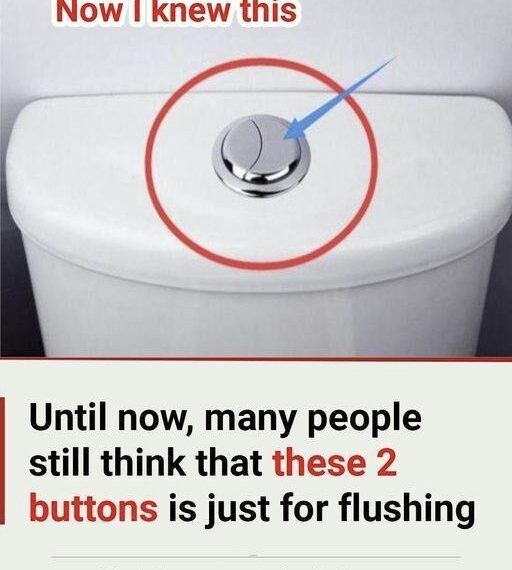In recent years, the evolution of toilet technology has brought about significant improvements in water efficiency and waste management. One of the most impactful innovations is the dual flush toilet, which features two distinct flush options—one for liquid waste and one for solid waste. While many of us have encountered this design, few may fully understand the reasons behind it and the benefits it offers. This article delves into the mechanics, advantages, and implications of dual flush toilets, shedding light on why they are an essential addition to modern bathrooms.
Understanding Dual Flush Toilets
What Are Dual Flush Toilets?
Dual flush toilets are designed with two separate flushing mechanisms: a smaller flush typically using about 1.1 gallons (4.2 liters) of water for liquid waste, and a larger flush using around 1.6 gallons (6 liters) for solid waste. This dual mechanism allows users to choose the appropriate flush based on the type of waste being disposed of, significantly optimizing water usage.
How Do They Work?
The design of dual flush toilets generally includes a lever or button that activates either the low-volume or high-volume flush. The flushing system often utilizes a siphon mechanism or gravity-fed design, ensuring that waste is effectively cleared regardless of the flush option selected. The engineering behind these toilets is crucial; they must balance effective waste removal with minimal water consumption.
The Importance of Water Conservation
1. Reducing Water Consumption
Water conservation is one of the most compelling reasons for the adoption of dual flush toilets. Traditional toilets consume a significant amount of water—often between 3 to 5 gallons (11 to 19 liters) per flush. In contrast, dual flush toilets can reduce water usage by as much as 67% when the smaller flush is used for liquid waste. This reduction not only translates to lower water bills but also contributes to more sustainable water management.
Statistical Insights
According to the Environmental Protection Agency (EPA), the average household can save over 13,000 gallons of water each year by switching to water-efficient fixtures. Given that toilets account for nearly 30% of residential water use, the impact of installing dual flush toilets can be substantial.
2. Environmental Impact
The environmental benefits of reducing water consumption are significant. Lower water usage lessens the strain on municipal water systems and decreases the volume of wastewater that must be treated. This is particularly important in areas prone to drought or where water resources are limited.
Global Context
In regions experiencing severe water scarcity, such as parts of California and Australia, adopting dual flush technology can be a critical step toward sustainable water management. Many local governments are now incentivizing the use of water-efficient fixtures through rebates and tax credits.
Efficiency in Waste Management
3. Effective Waste Removal
The dual flush system is specifically engineered for efficiency. The smaller flush option is sufficient for clearing liquid waste without using excessive water, while the larger flush is tailored for solid waste. This differentiation not only promotes better hygiene but also reduces the frequency of clogs, a common issue with traditional toilets.
4. Improved Hygiene
Using the appropriate flush for different types of waste can enhance overall bathroom hygiene. The smaller flush minimizes splashing, reducing the risk of bacteria spreading in the toilet area. In public or shared restrooms, this can contribute to a cleaner environment, benefiting everyone who uses the facility.
Economic Advantages
continue reading in page 2



